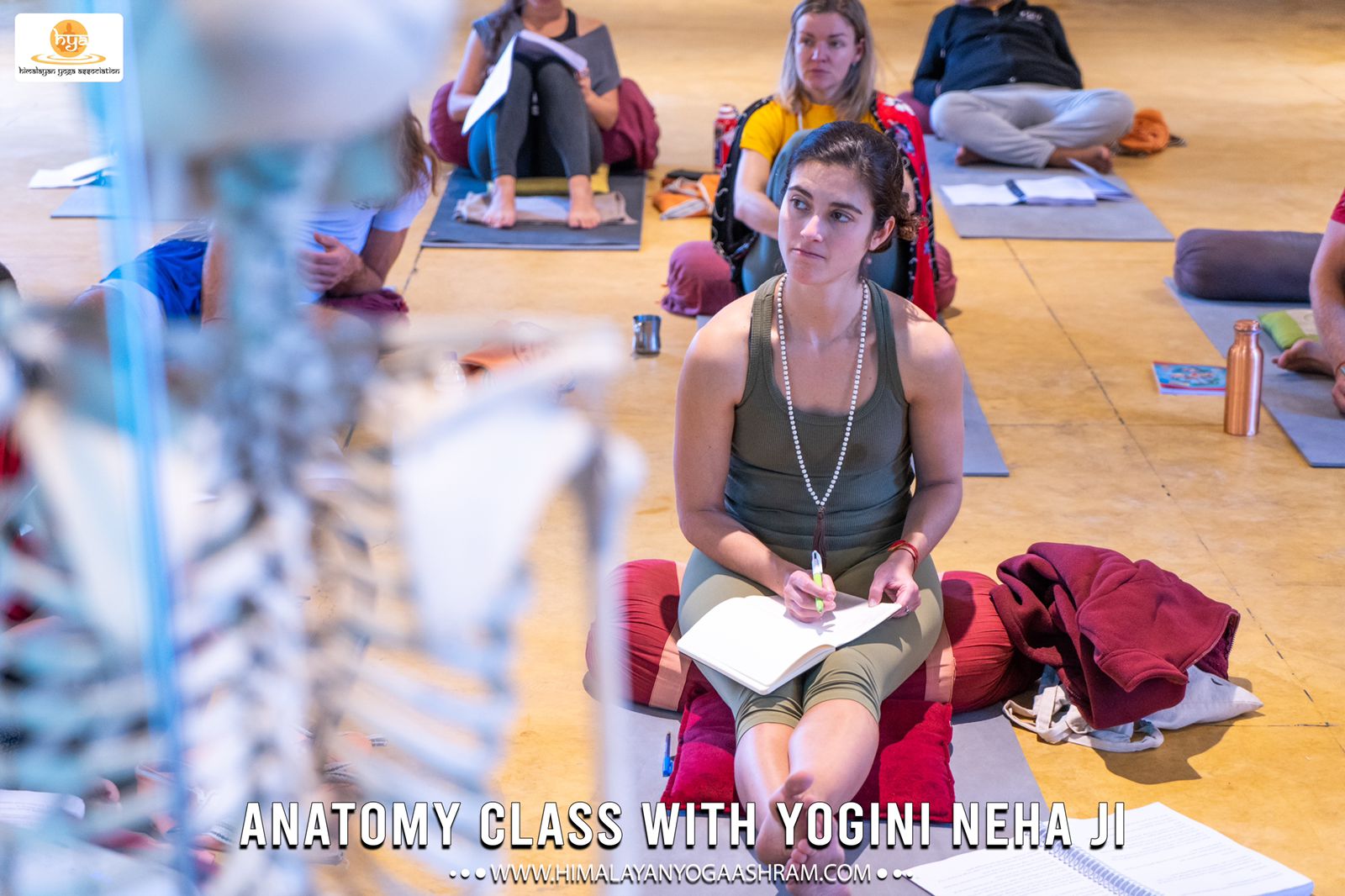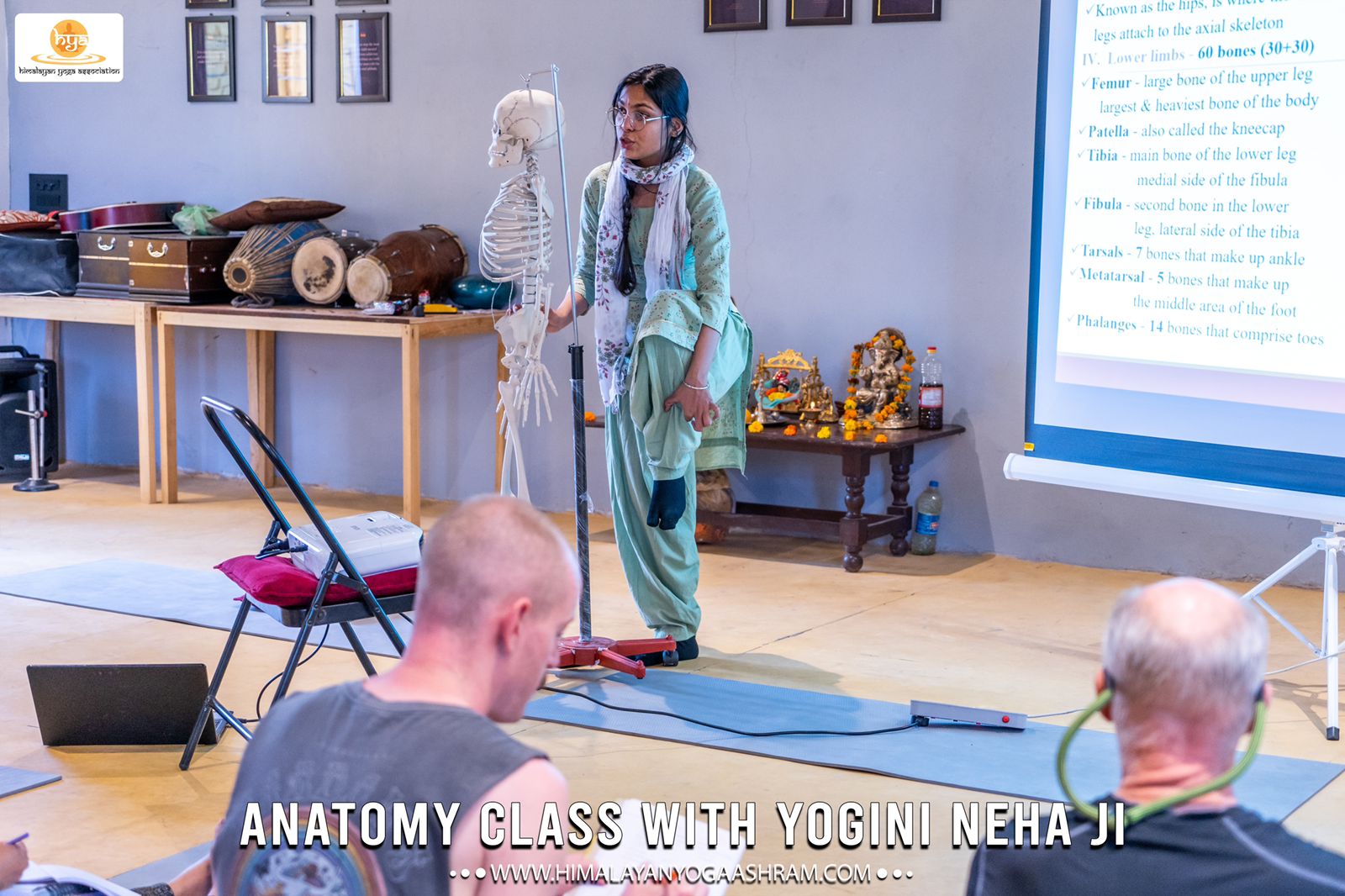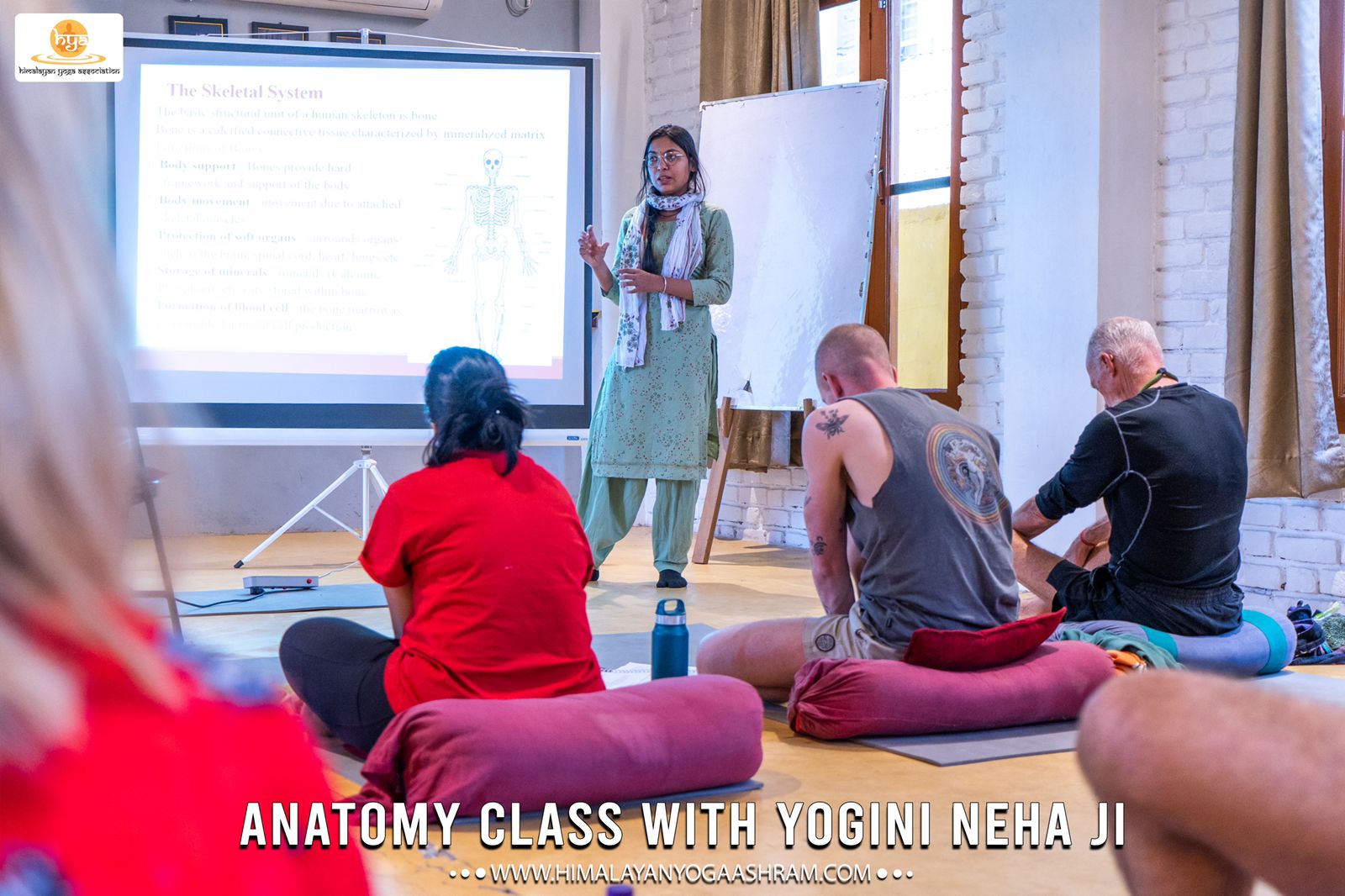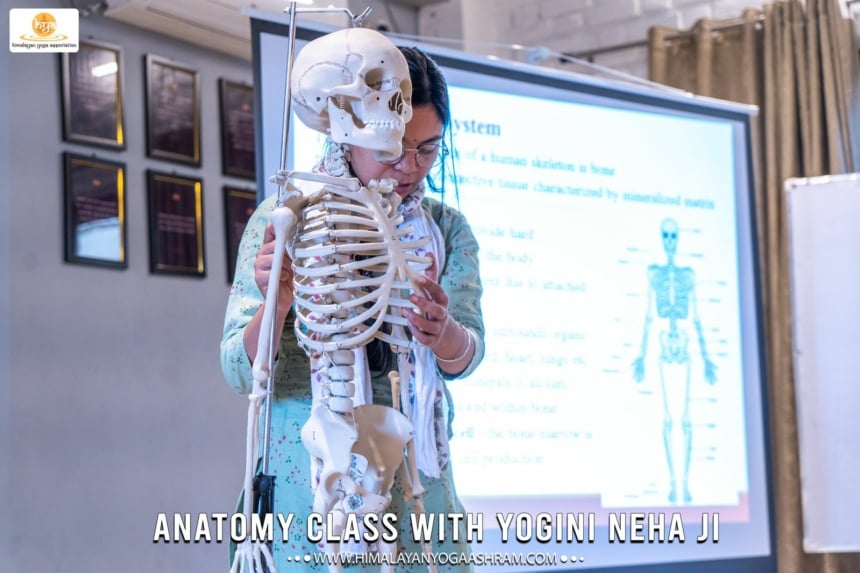What is functional anatomy?
By Himanshu JoshiYogawhat is anatomy, Yoga AnatomyIn the world of sports and athletics, we regularly see the amazing feat human body is capable of. We watch athletes doing pole vaults and remain awe-struck. When sports legends like Lionel Messi and Roger Federer have their shots on the target, it convincingly demonstrates endurance, power, energy, flexibility and dexterity of human body. So, it is worth exploring how human body functions and undertakes various tasks marvelously. Human anatomy is the science that studies body structure from head to toe. In order to gain deeper knowledge about how yoga works positively on the physical body it is very important to have a clear understanding of functional human anatomy. Besides, it would help decide which yogic postures would be good for the practitioner or which all could harm the body.


Many people learn to practice yoga on their own and in absence of proper guidance end up hurting certain body parts. Unless we know our body we would not be able to pinpoint the impact of yoga. Moreover, practice of yogic postures has its impact slowly and gradually in the beginning, then it may not be easy to assess the effect, intended or otherwise. It is quite possible that one starts working on right side of the body instead of left in absence of insufficient or complete lack of knowledge about the body structure and its various systems. It is therefore quite important to have basic understanding of human anatomy. This also helps in mastering alignment and adjustments during yoga practice.

This is the reason why yoga courses have human anatomy as its key component. Even if you are not in the field of yoga, understanding of body structure could help you modify or correct your postures and stay healthy.
The physical human body contains bones, muscles, ligaments, tendons and joints, multiple organs and other components. They together function to enable a person to do various activities. Functional anatomy focusses on movements in the body and functions of different organ groups. The entire body system could be divided into multiple parts namely skeletal, muscular, respiratory, nervous, digestive and urinary systems to understand the functional anatomy of the human body.






